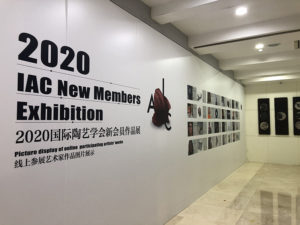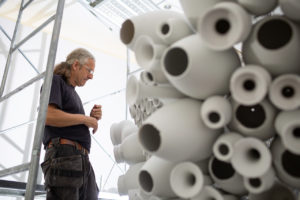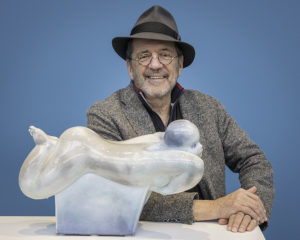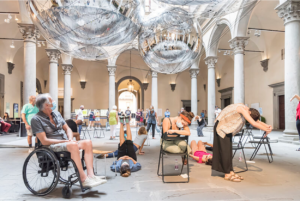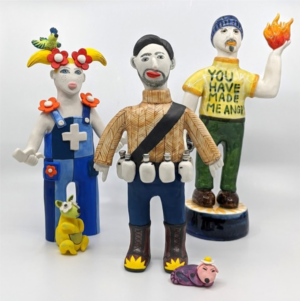Wan Liya – SEMINAR
|
First of all, I would like to thank the organizer for providing this exchange opportunity. Now, I would like to talk about my personal understanding of the seminar theme from the perspective of my own work experience.
With the backdrop of today’s great era, China’s ceramics industry is developing extremely fast, and the most rapid technological update is in the ceramic industry. In Jingdezhen, a brand-new production line of daily-use porcelain has a daily production capacity of more than 20,000 pieces. In 2020, China’s large-scale ceramic slab production has started a frenzied growth model, with a daily output of 14,900 square meters and a single piece size of 1.6×3.9 meters. |
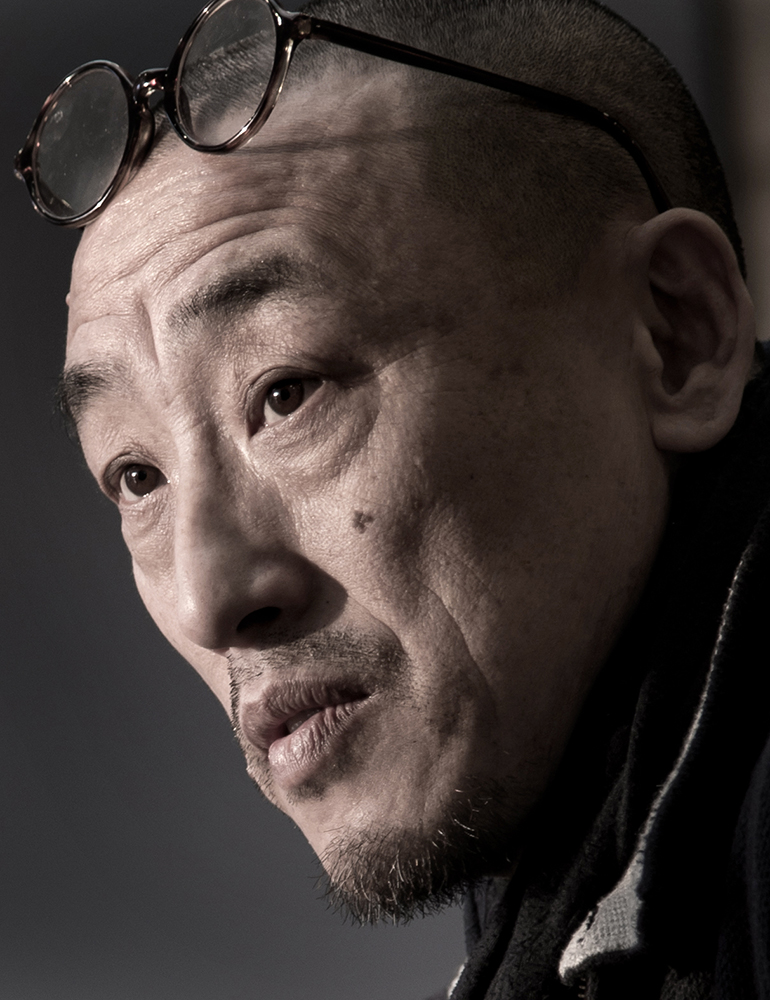 Wan Liya |
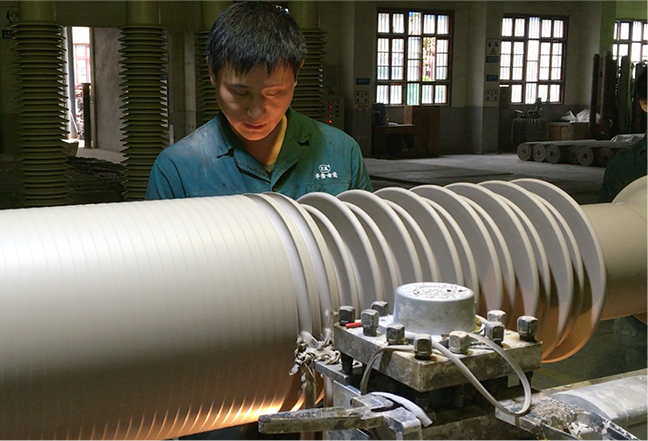 Production of electric porcelain in Liling, Hunan province, China |
There is also large-scale electric porcelain production in Liling, Hunan, as well as a wide range of black technology in fine ceramics and so on. These rapid developments are strongly globalized. Western core technology combines itself with large-scale manufacturing in China. Products are circulated globally. With the backdrop of this era, the individualized and independent creation of ceramic artists is, conversely, afforded special significance. |
|
|
|
From the problems and perspectives faced by different times, we look back at tradition and interpret new information from it, which provides a basis and source of ideas for experiments and breakthroughs in ceramic creation. |
This is the basic commonality of the development of ceramic art in each era. The following are the works of several Chinese ceramic artists: |
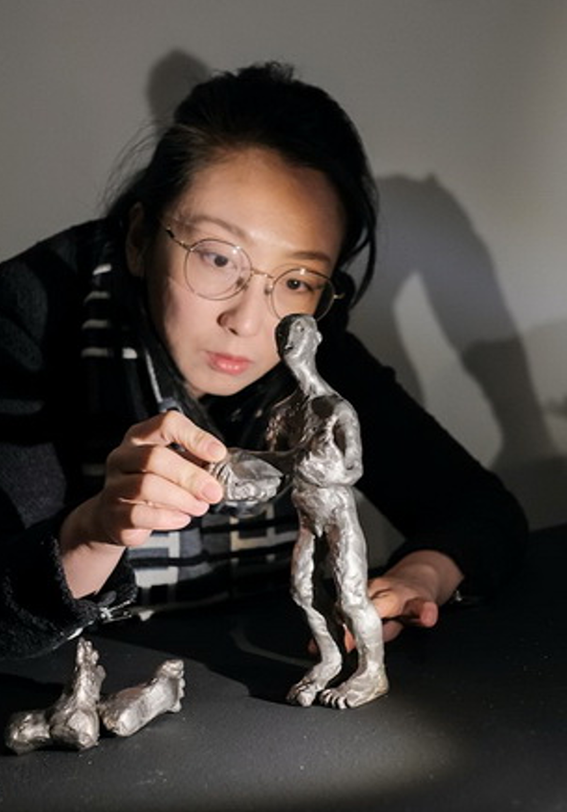 Artist Geng Xue at work on one of her ceramic figurines. |
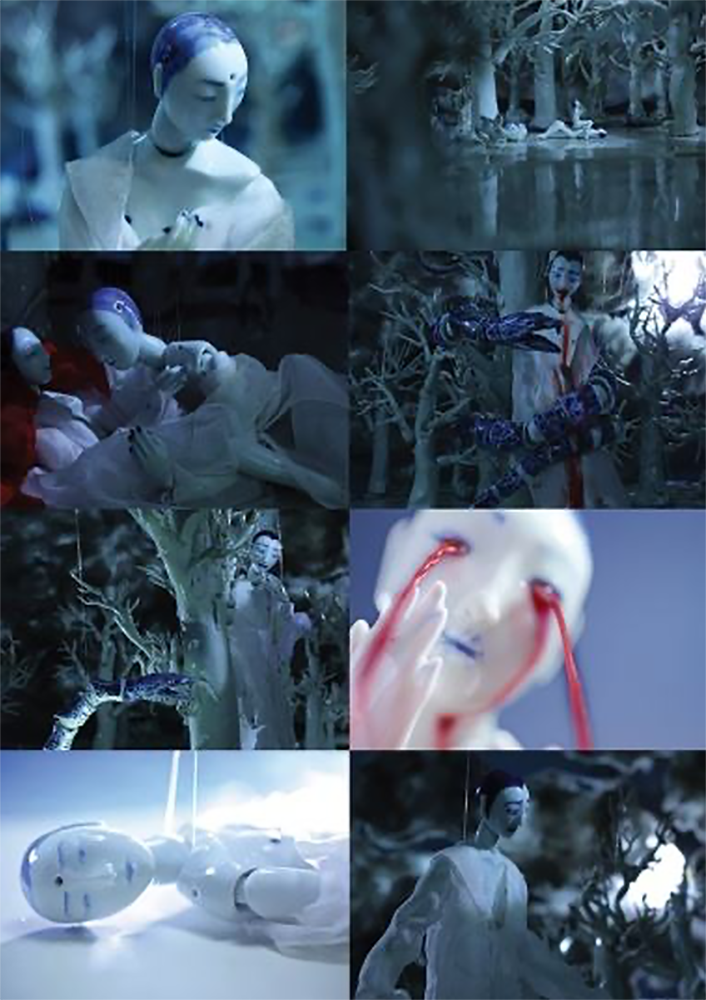 Stills from video “Mr.Sea” by Geng Xue |
|
GENG XUE Her graduation piece “Gongzi of the Sea” is derived from the story in the Qing Dynasty novel collection “Strange Tales from a Lonely Studio”. The blue and white ceramic sculptures in the video partake in a performance. |
It is a valuable extension and breakthrough within ceramics. Gradually, a personal language style has been created. |
|
|
|
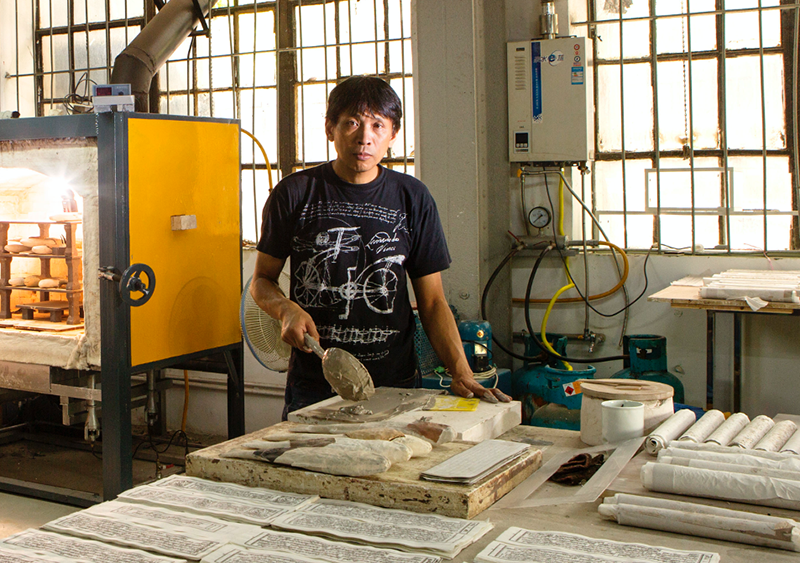 Artist Lu Bin at work |
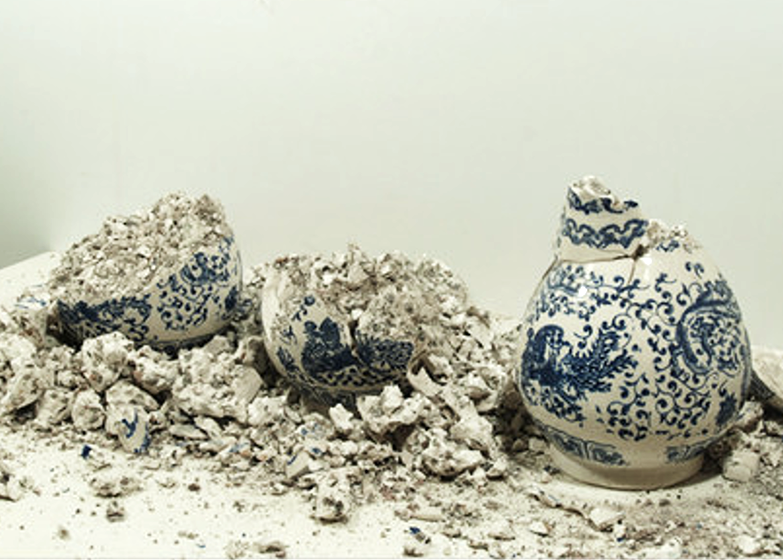 Artwork by Lu Bin |
|
LU BIN Lu Bin’s work is a retrospective of traditional textual cultural classics and a breakthrough in current materials and technology. A successful encirclement. The pottery soil is mixed with materials that are prone to crack when wet. |
A new form of expression has been discovered. Both the power of ceramic performance and the pertinence of culture. |
|
|
|
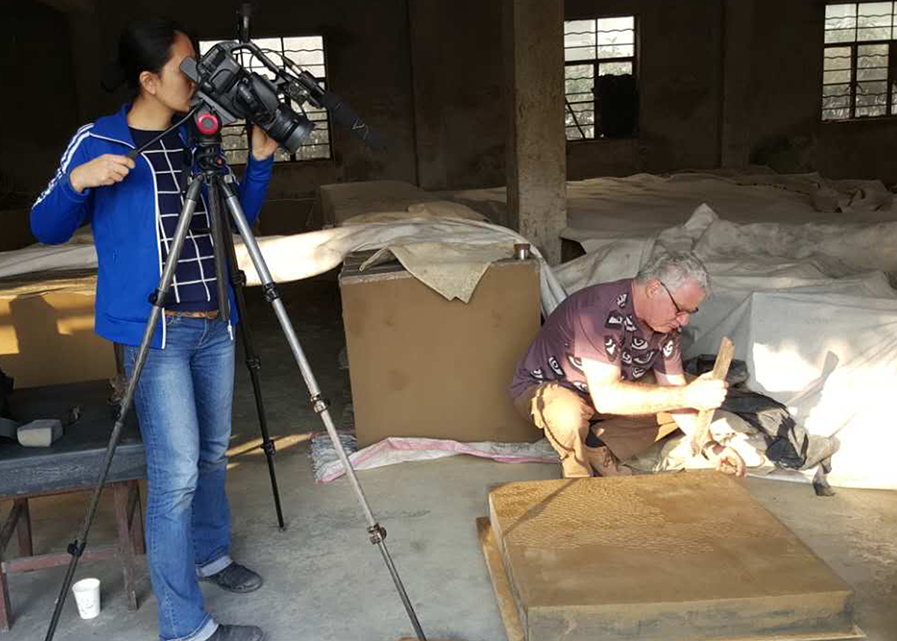 Artist Tan Hongyu filming French ceramist Jacques Kaufmann at work |
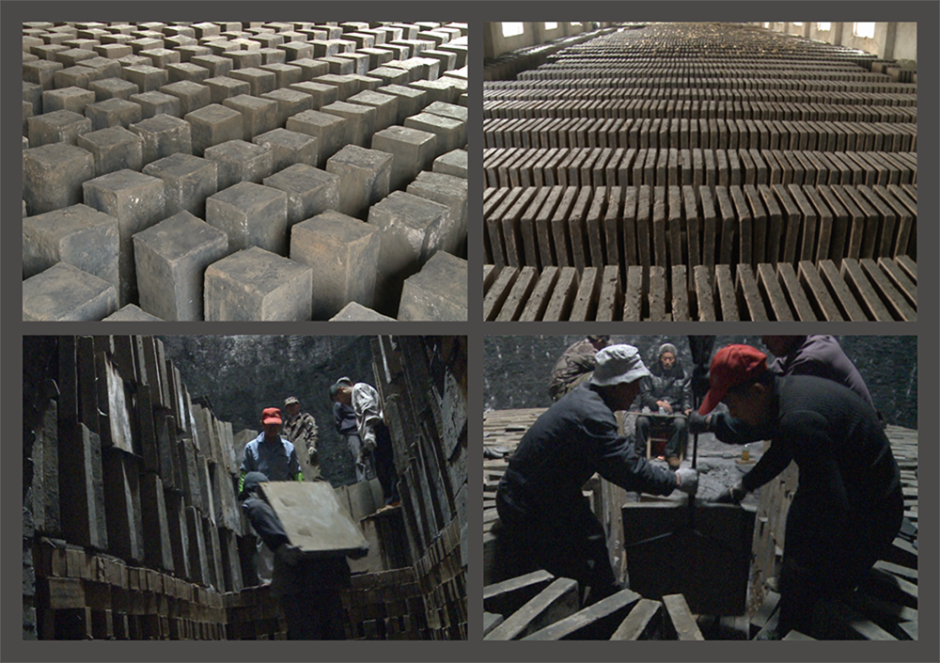 Scenes from “Gold Bricks” film showing the 7-month drying process followed by the firing |
|
TAN HONGYU Tan Hongyu’s documentary film “Gold Brick” interprets new information from the traditional craft for a renewed understanding, providing valuable information and visual perspectives. |
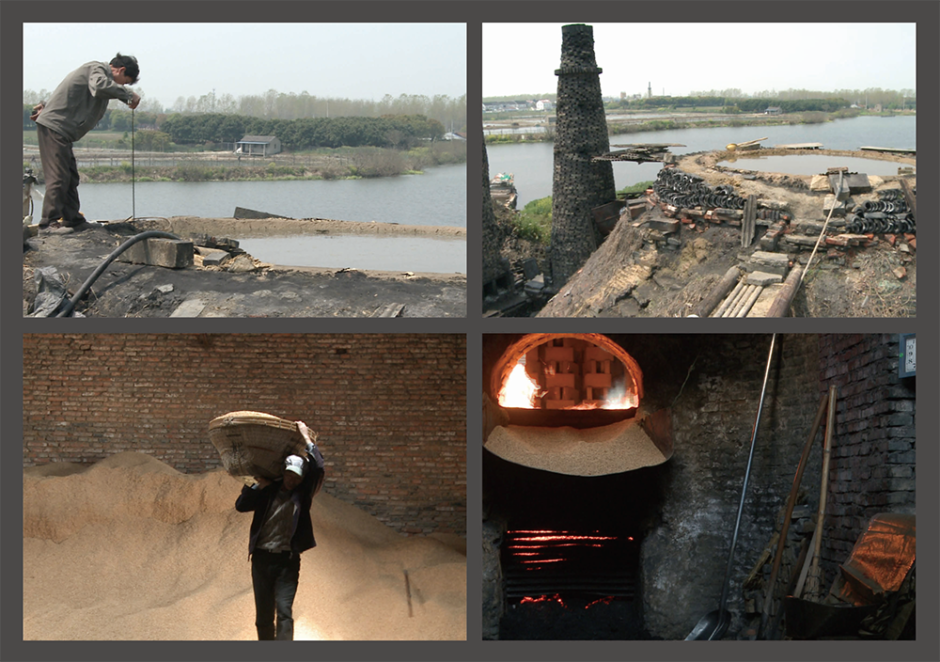 Scenes from “Gold Bricks” film showing the firing process which lasts 130 days |
|
|
|
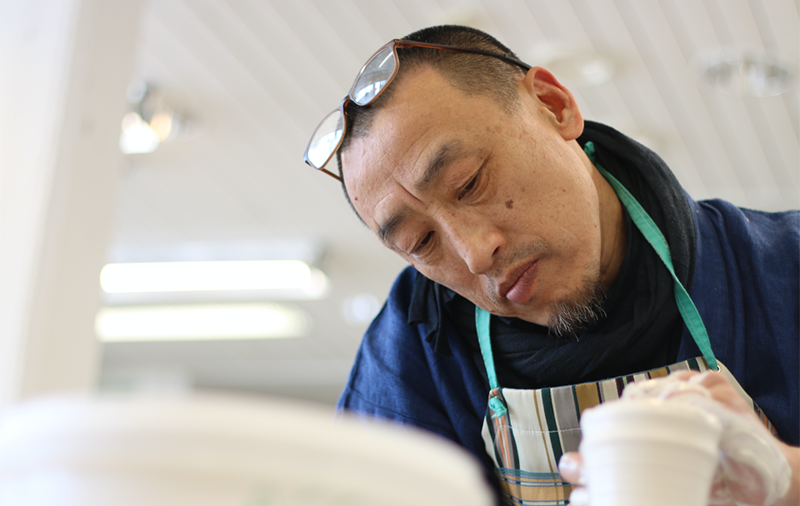 Artist Wan Liya |
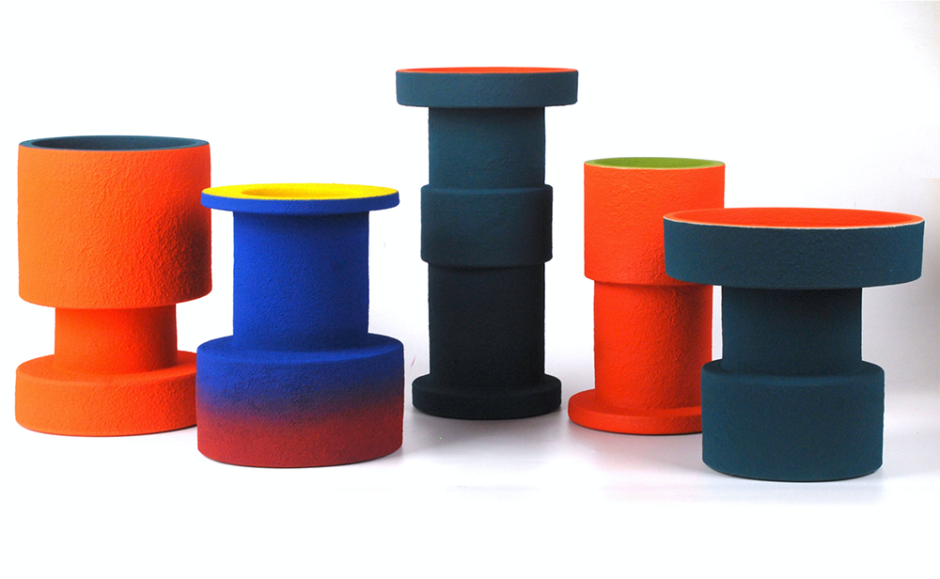 New Longshan series 2019-09-group4 LV collection by Wan Liya |
|
WAN LIYA Four years ago I visited the Zhucheng Museum in Shangdong and was again drawn to the Longshan Mountain black pottery with its unique temperament and futuristic shapes from this early period. In them I experienced this sense of time compression and felt new information. Upon returning I produced the “New Longshan” series inspired by these works. |
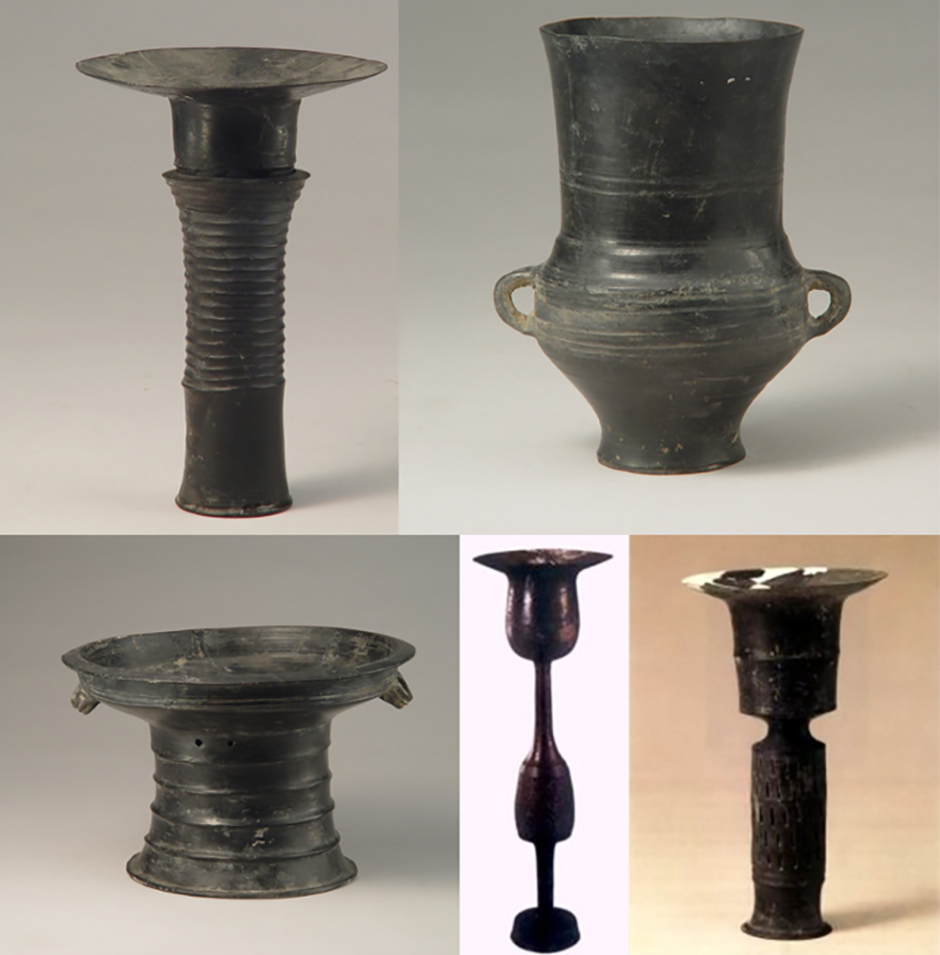 Examples of Longshan Culture black pottery |
|
|
|
I spent about five years continuously researching representative modern and contemporary ceramic artists, most of whom I conducted face-to-face interviews with. Here are several typical case studies: |
|
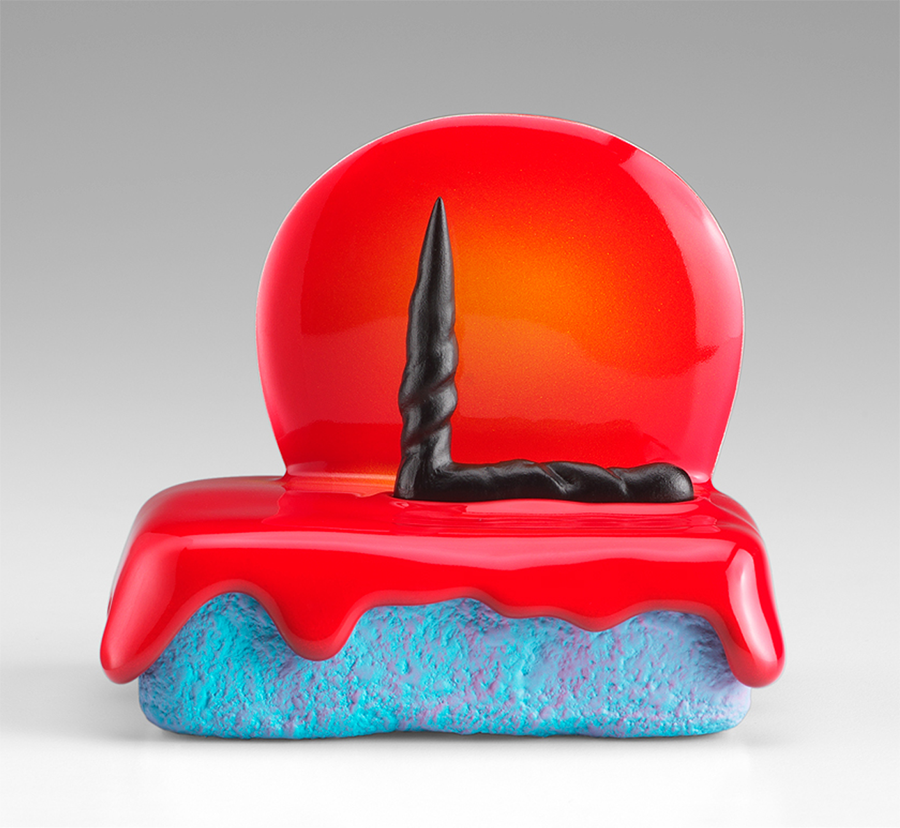 “Handsome Drifter” (2012) by Ron Nagle from his Stillscapes series |
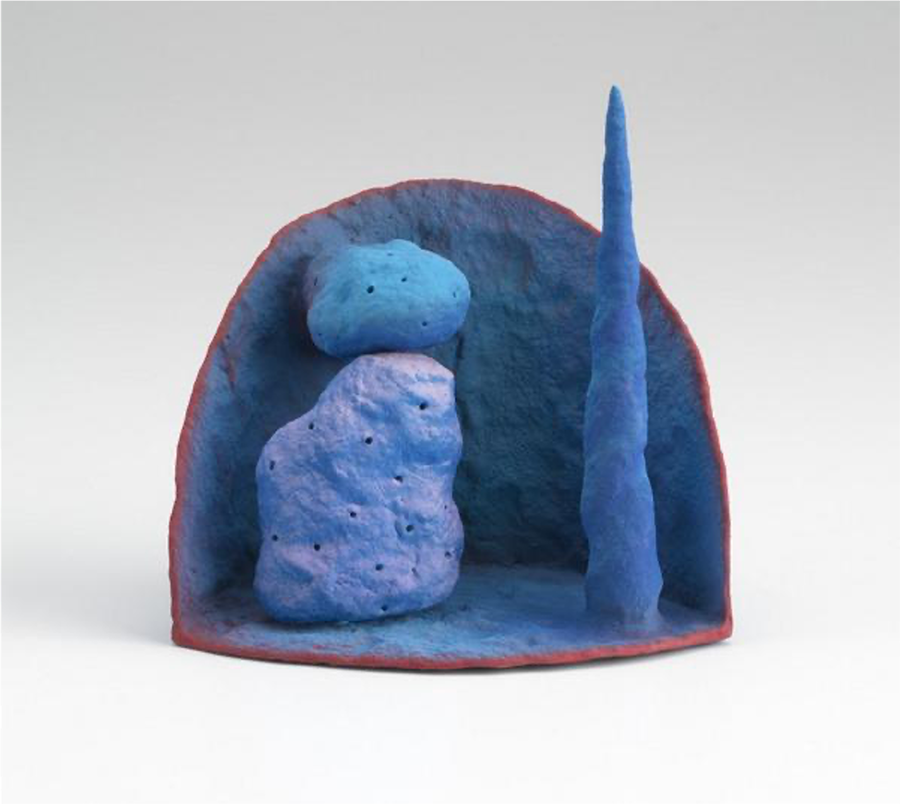 “Blueweeorama” by Ron Nagle from his Weeorama series |
|
RON NAGLE (U.S.A) Nagle is known for his intimately scaled sculptures, each made up of ceramic elements that are slip-cast, fired, and embellished with epoxy details. Some are glazed to a hot-rod finish, others textured like stucco and then airbrushed. |
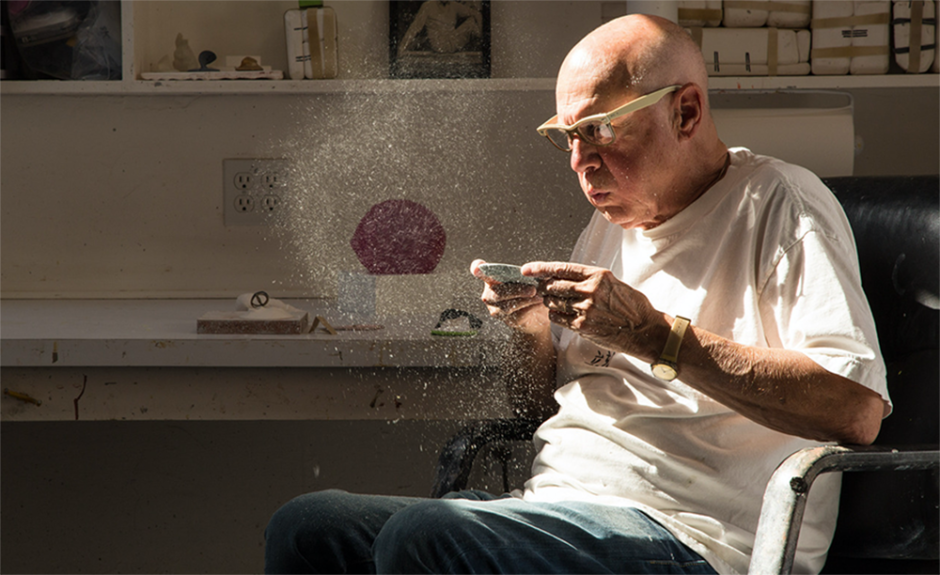 Artist Ron Nagle at work
|
|
|
|
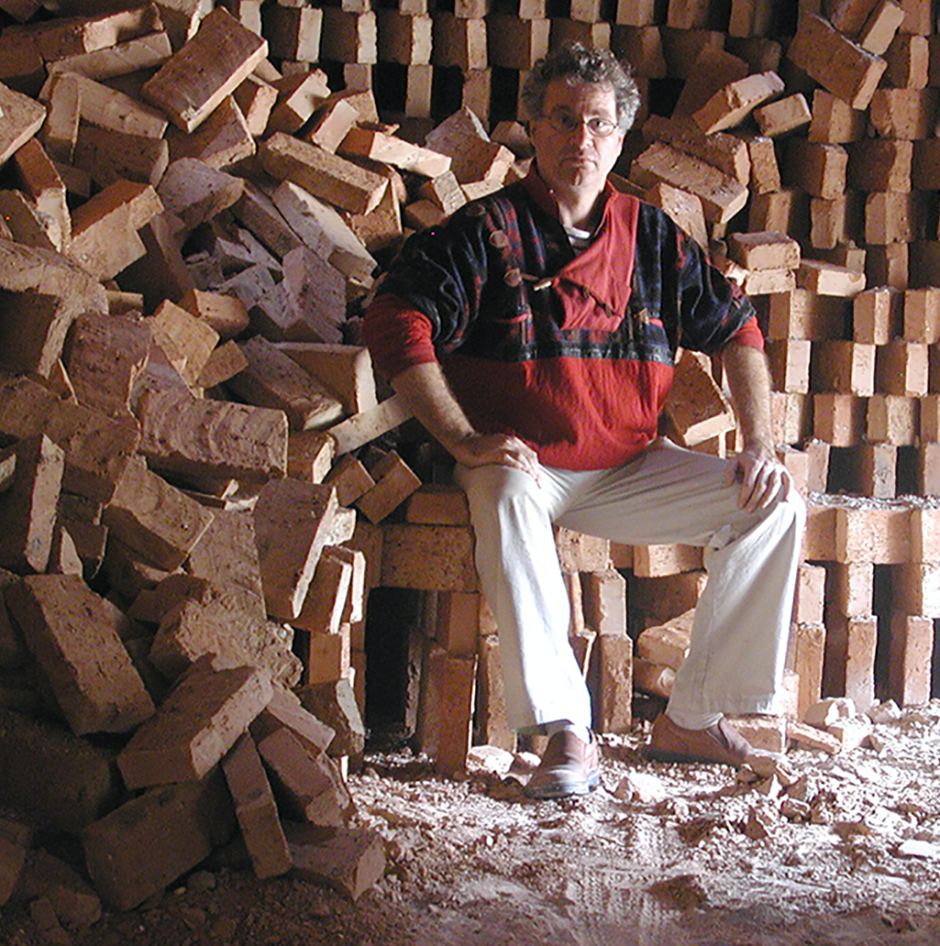 Artist Jacques Kaufmann in China in 2016 |
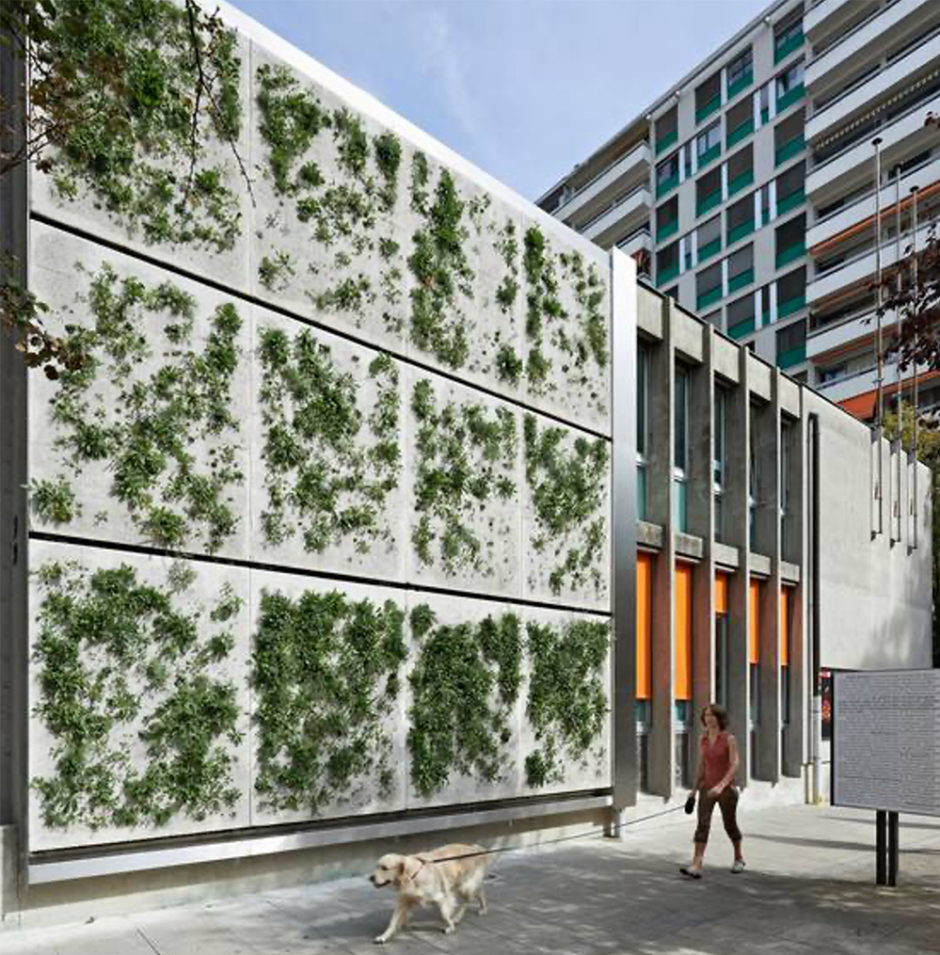 Artwork by Jacques Kaufmann aimed at reducing greenhouse gases in urban environments |
|
JACQUES KAUFMANN (France) Kaufmann extends the practice of ceramic creation to the relationship between ceramics and architecture, as well as to a deep concern for people and environmental issues. |
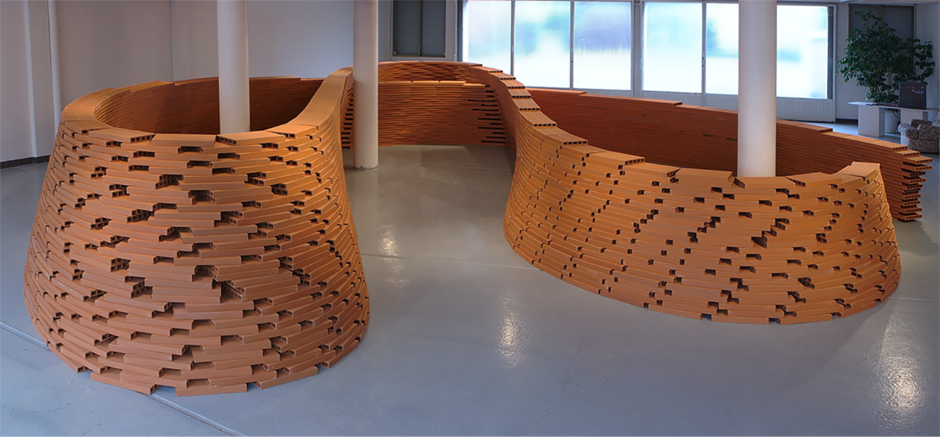 “The Flight of the Fly” by Jacques Kaufmann, an installation at Saint Etienne Biennale, France, 2006 |
|
|
|
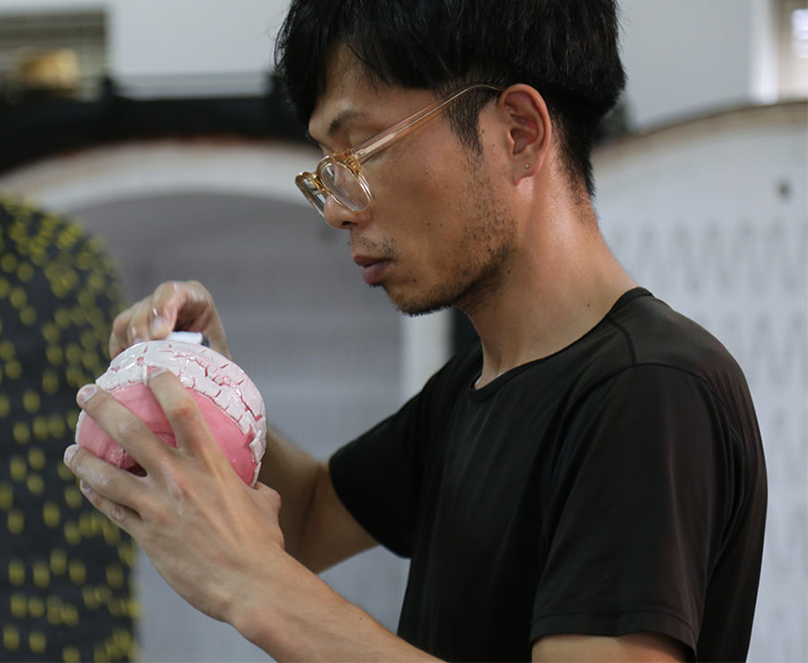 Artist Takuro Kuwata at work |
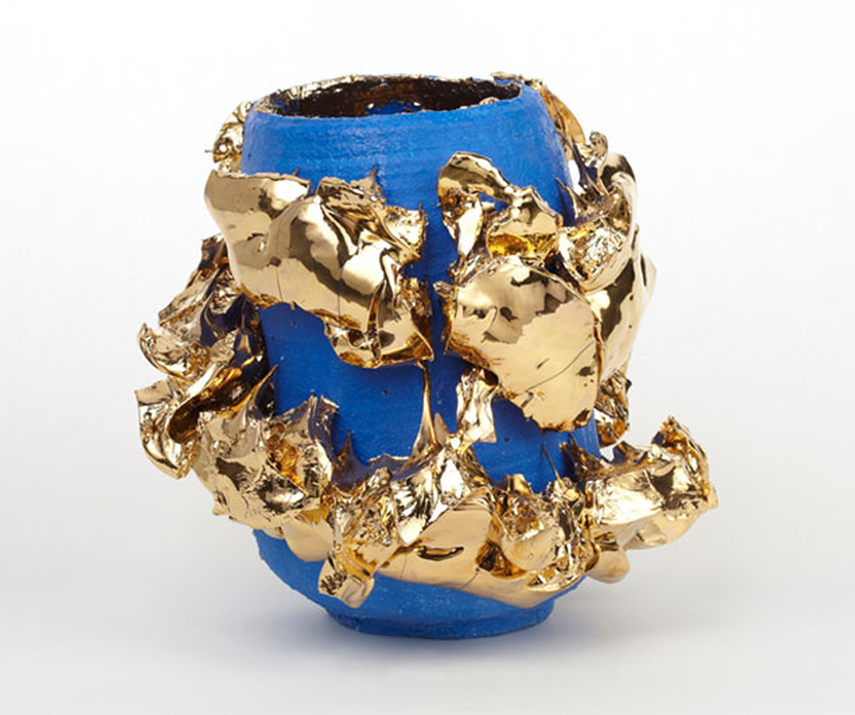 A vase by Takuro Kuwata |
|
TAKURO KUWATA (Japan) Takuro Kuwata explores the expressive power of ceramic glaze materials, but the main body of his work borrows from the semiotic meaning of tea bowls. |
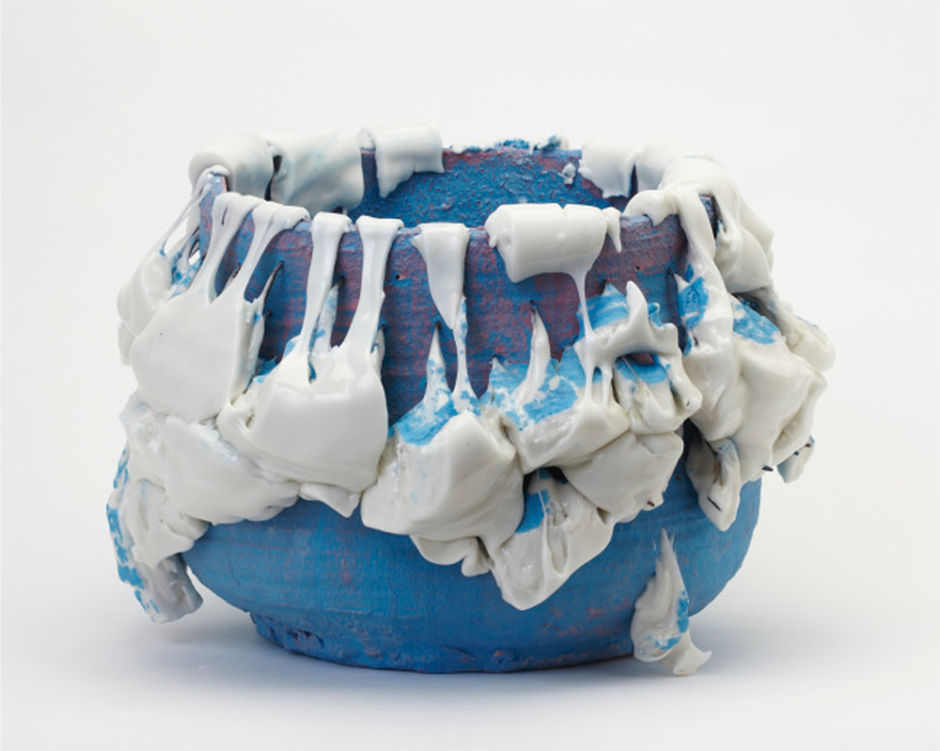 A vase by Takuro Kuwata |
|
|
|
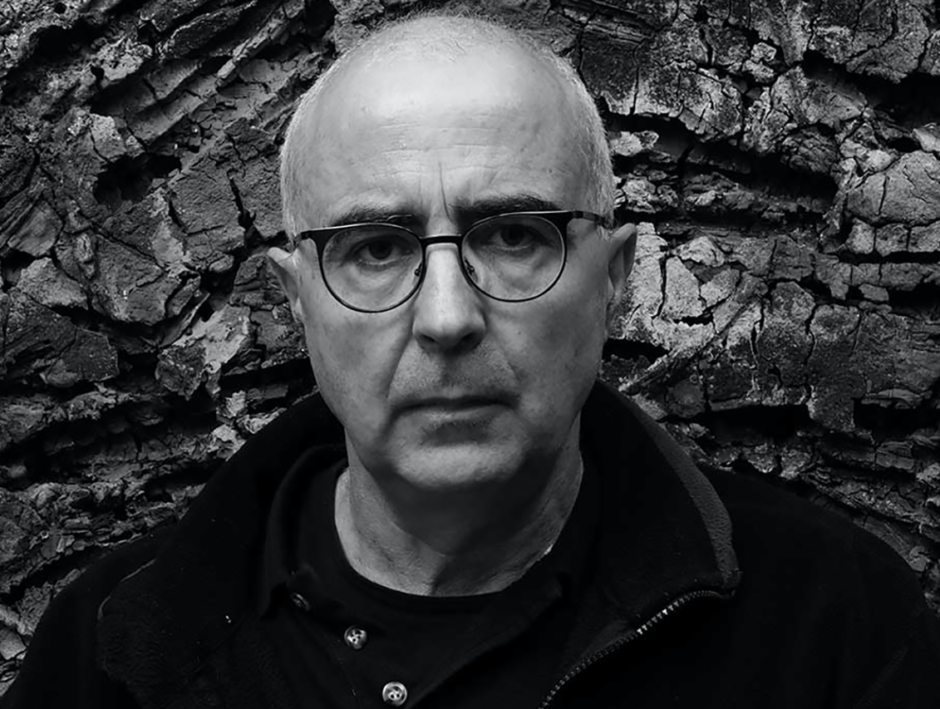 Artist Claudi Casanovas |
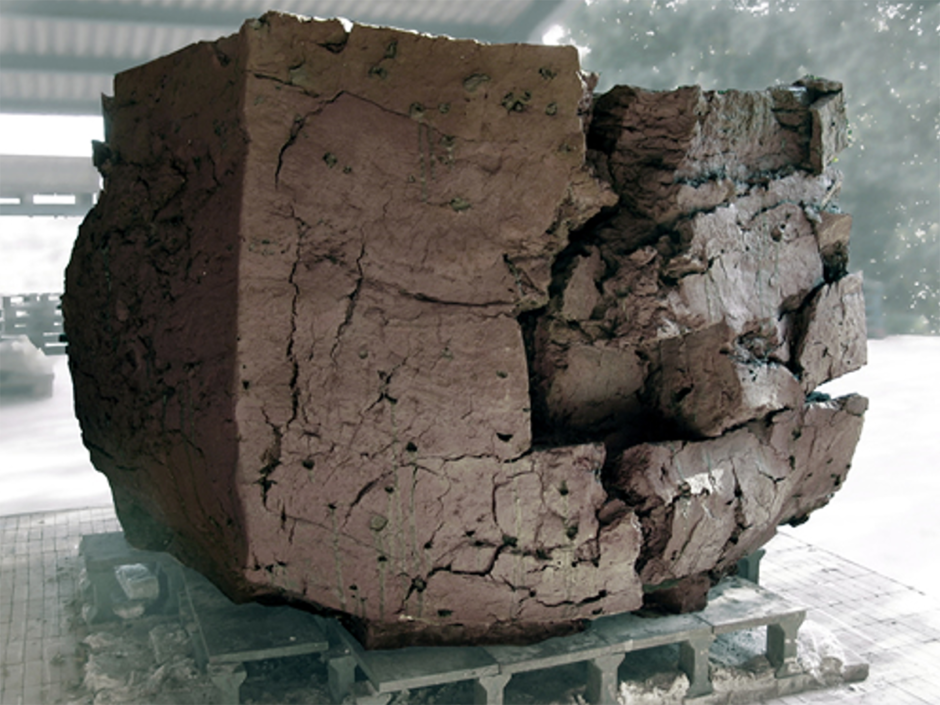 “For the Vanquished” by Claudi Casanovas |
|
CLAUDI CASANOVAS (Spain) Casanovas’ creation process is like an extreme experiment on ceramics. This work is for a historical event, a monumental ceramic sculpture created by pieces. Therefore, his ideological appeals inside. Through his practice he has also explored ontological issues in depth. He uses a huge amount of clay which he shapes and then freezes using a specially built piece of industrial refrigeration equipment. He dries it in the work’s original position, and then builds a kiln to fire it. |
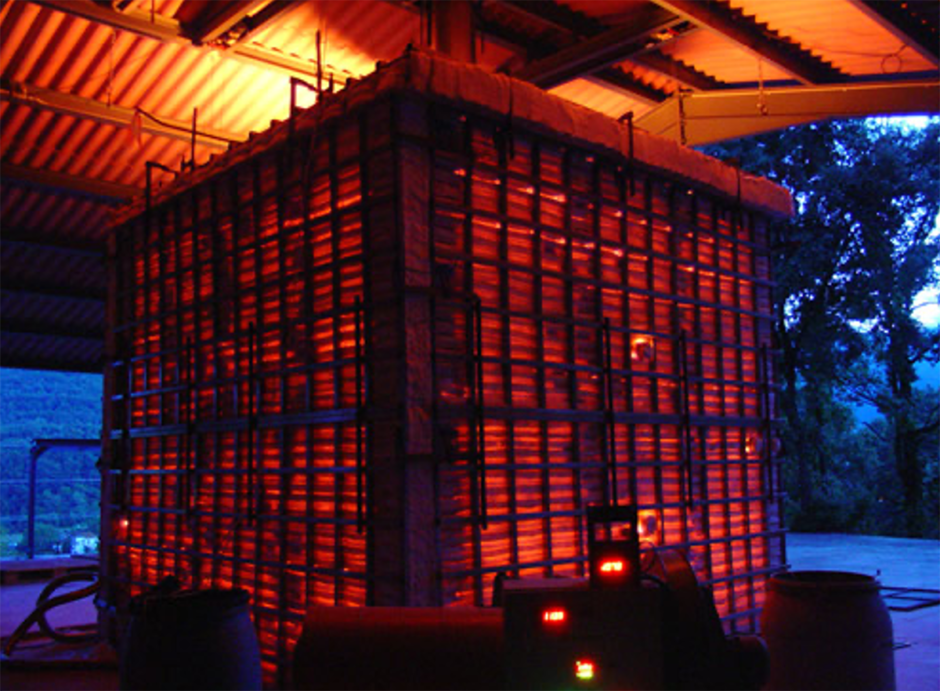 Artwork by Claudi Casanovas |
|
|
|
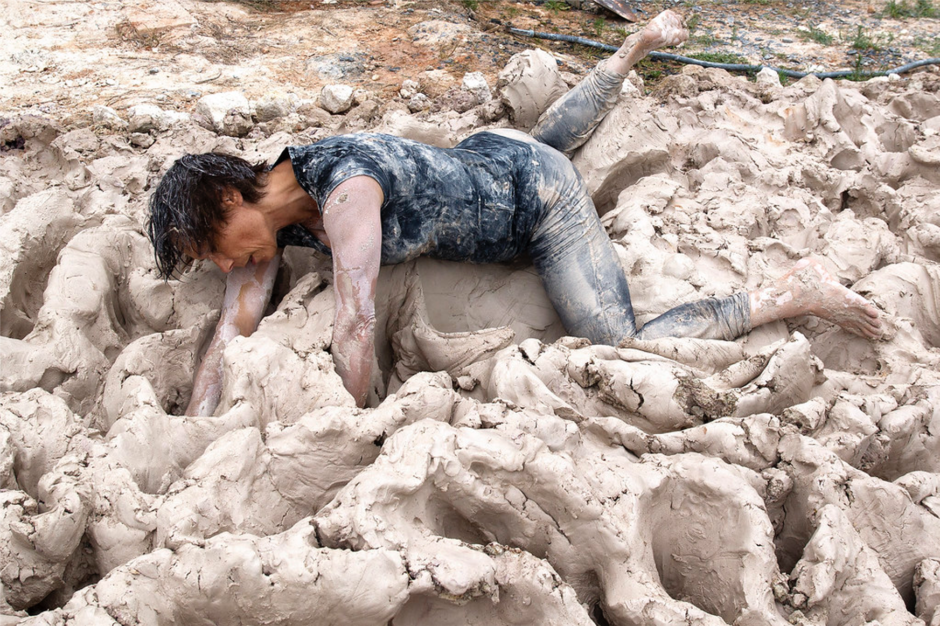 Artist Alexandra Engelfriet at work on a piece |
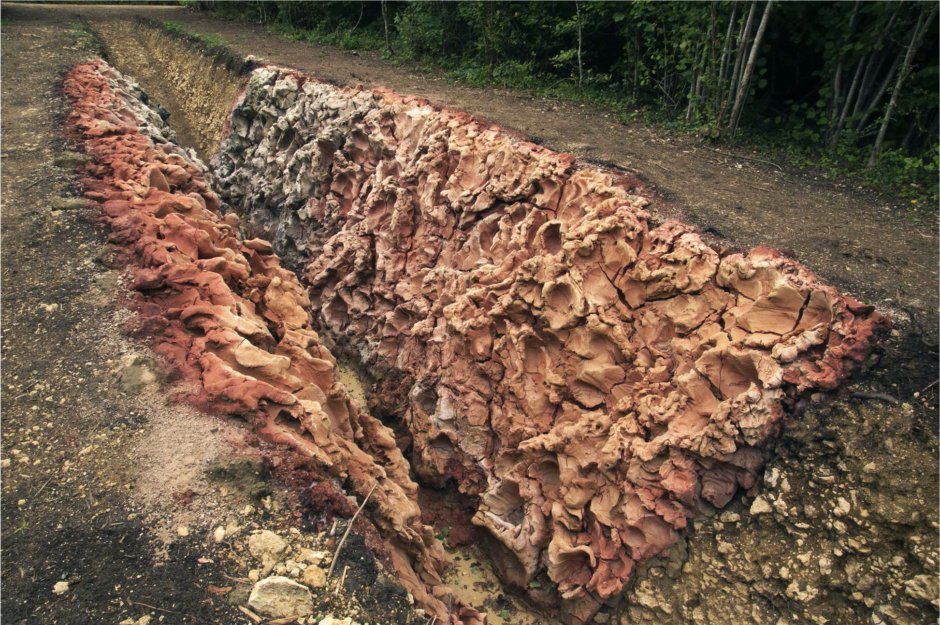 Artwork by Alexandra Engelfriet |
|
ALEXANDRA ENGELFRIET (The Netherlands, France) Alexandra Engelfriet used 20 tons of pottery clay to layer over a trench left over from the First World War. A kiln was constructed enclosing this work and it was fired constantly over a week. Engelfriet oftens incorporates performance into her works, using her body to shape the clay. |
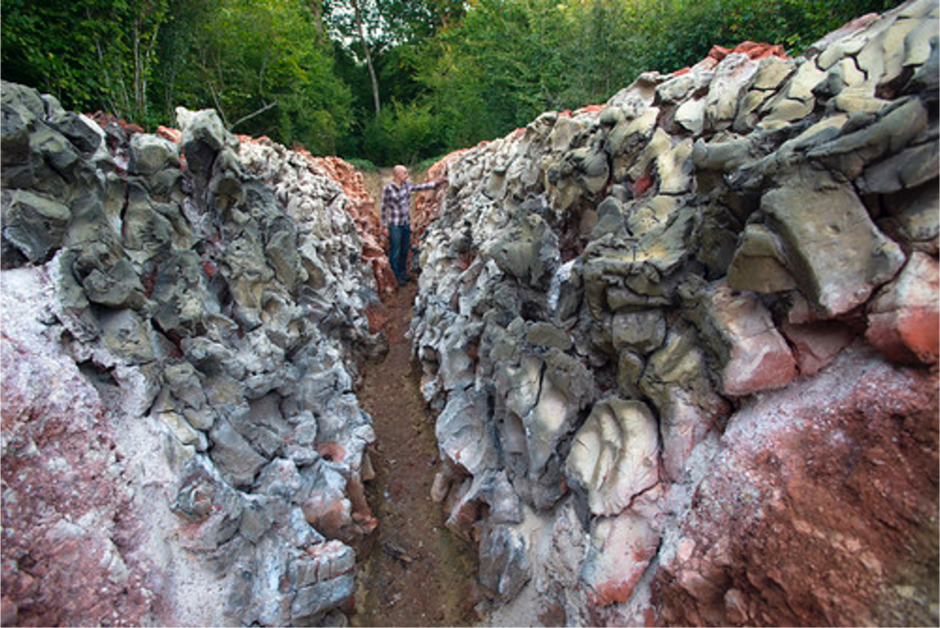 Artwork by Alexandra Engelfriet |
|
|
|
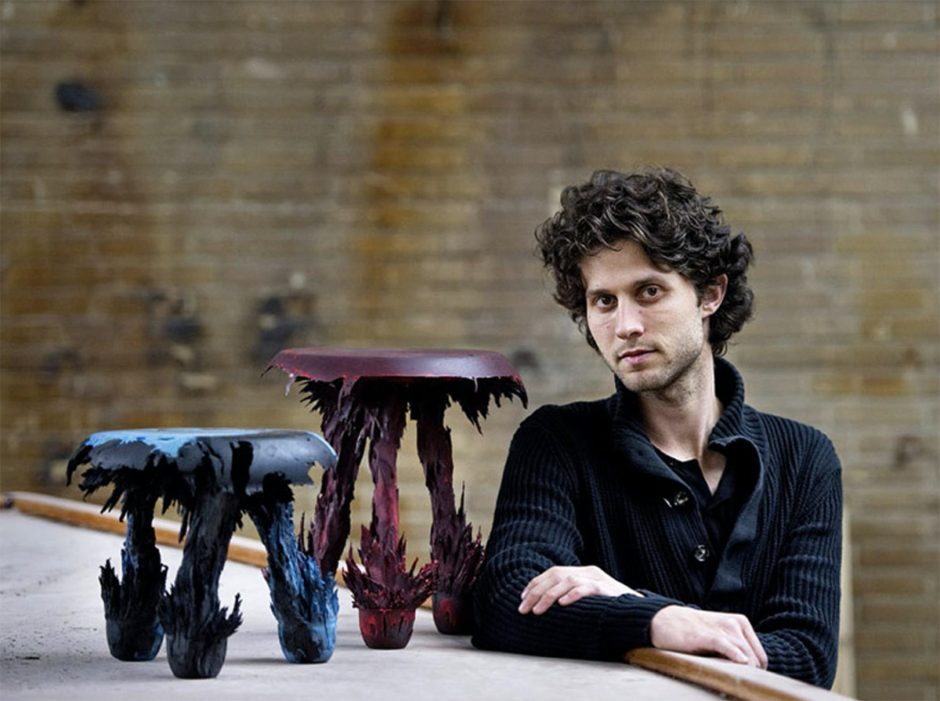 Artist Jolan Van Der Wiel |
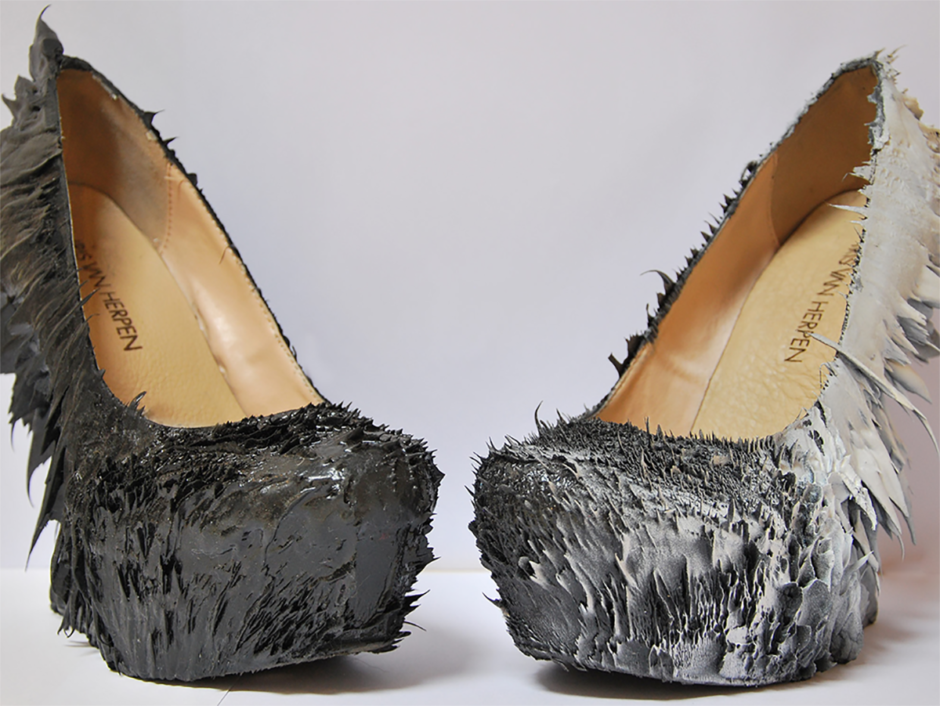 “Magnetic Shoes” by Jolan Van Der Wiel |
|
JOLAN VAN DER WIEL (The Netherlands) Jolan Van der Wiel adds magnetism-sensitive materials to clay so to create a strong magnetic field to complete the work. An example of a new breakthrough in technique. |
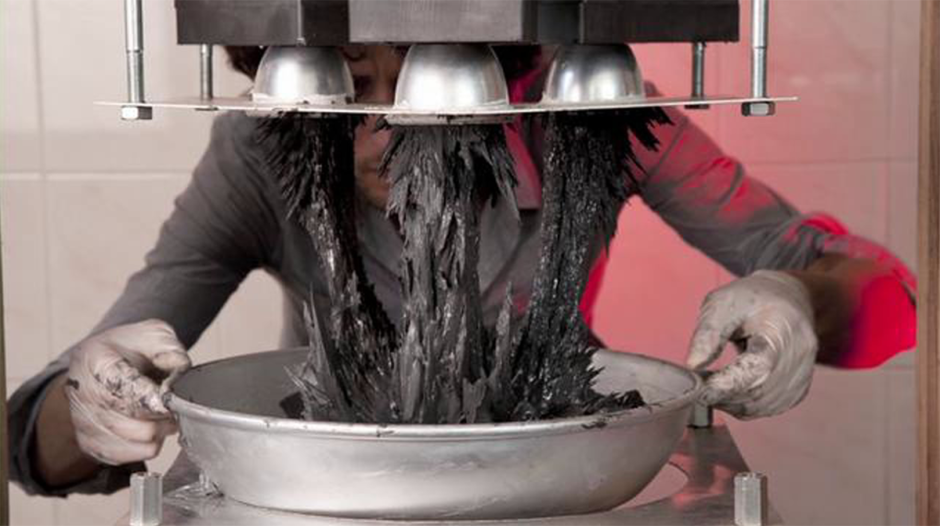 Jolan Van Der Wiel at work on a piece |
|
|
|
With regard to the development of trends in ceramic art, whether it is the influence of digital technology or the development of new science, the eternal trend of art development should be to continuously review the past, make breakthroughs and innovations, and continue to contribute new experiences and spiritual styles to mankind. |
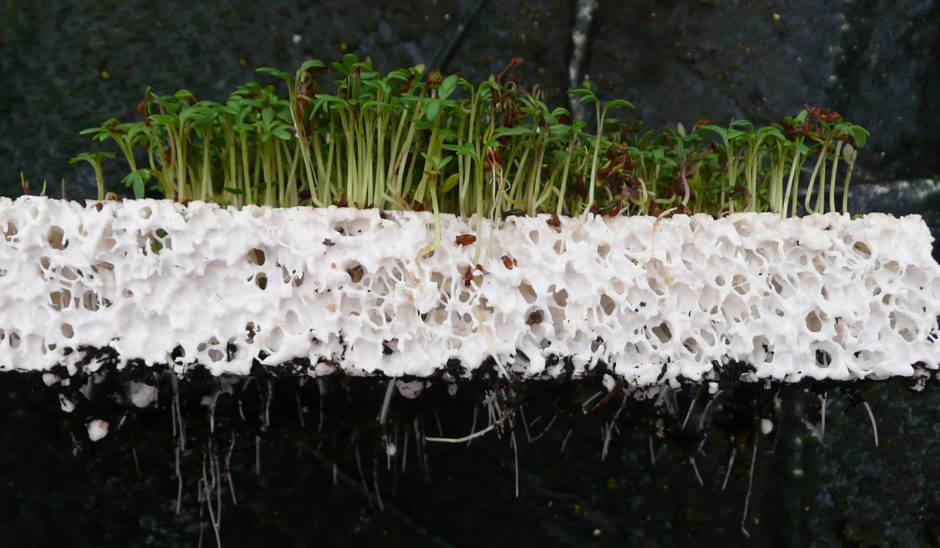 Cross section of a sample Green Wall tile developed by Jacques Kaufmann in collaboration with researchers at the University for Engineering, Architecture, and Landscape Architecture (HEPIA), Geneva, Switzerland, 2008 |
|
|
|
|
POSTSCRIPT On November 7, 2020, the “Opening Ceremony and Academic Forum of the 2020 New Members’ Exhibition of the International Academy of Ceramics” was successfully held at the Beijing Guozhong Ceramic Art Museum. We are able to say that the whole process achieved and even exceeded our expectations. What is particularly worthy of recognition is how the opening ceremony and forum were conducted online and offline simultaneously, a very meaningful and new set-up. The whole process tested the adaptability of the International Academy of Ceramics under the effects of the Covid-19 pandemic. It is an example of a good experience which should inspire other ceramic societies to carry out their future work in a brand-new way. We were also pleased to see that many members and all the Council Members who actively participated in this activity are taking action quickly and actively looking for effective solutions, which have already achieved results. |
I firmly believe that through the joint efforts and mutual encouragement of the big family of the International Academy of Ceramics, we will be able to competently survive this difficult period and usher in a new era of international ceramic art development. Thank you to the organizers and participating artists who have made great contributions to this event! Thank you to Beijing Guozhong Ceramic Art Museum for its great support of this event! Wan Liya Council Member of the International Academy of Ceramics and Representative for China 2020-2026
|
Exposition des nouveaux membres de l’AIC 2020 et séminaire
L'exposition 2020 des nouveaux membres de l'AIC s'est tenue en novembre et décembre 2020 au Musée d'art céramique de Beijing Guozhong en Chine.
(Más…)Torbjørn Kvasbø – SEMINAR
Keynote speech by Torbjørn Kvasbø, IAC President 2018-2024 and IAC artist member since 1990.
(Más…)Wayne Higby – Seminar
Wayne Higby is a Professor of Ceramic Art and the Wayne Higby Director and Chief Curator of the Alfred Ceramic Art Museum at Alfred University in New York. His artistic practice is known for its inventive use of Raku earthenware.
(Más…)Claudia Casali – Seminar
Claudia Casali is the Director of the International Museum of Ceramics in Faenza (MIC), Italy. Alongside her work she lectures, curates and collaborates with museums internationally as a jury member for ceramic competitions.
(Más…)Janet DeBoos – SEMINAR
Janet DeBoos is an accomplished Australian ceramicist and formerly the IAC's Council representative for Australia, New Zealand and Africa. She is known for her longstanding work with indigenous communities in Australia.
(Más…)

